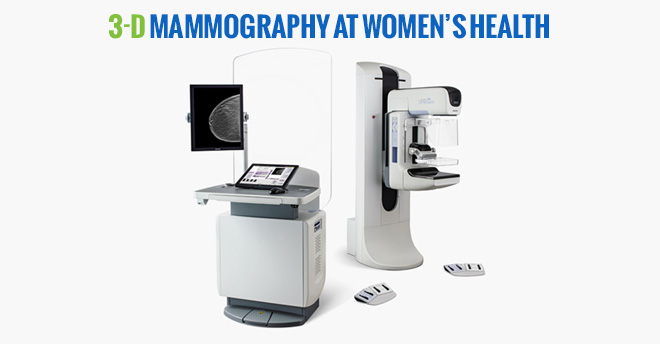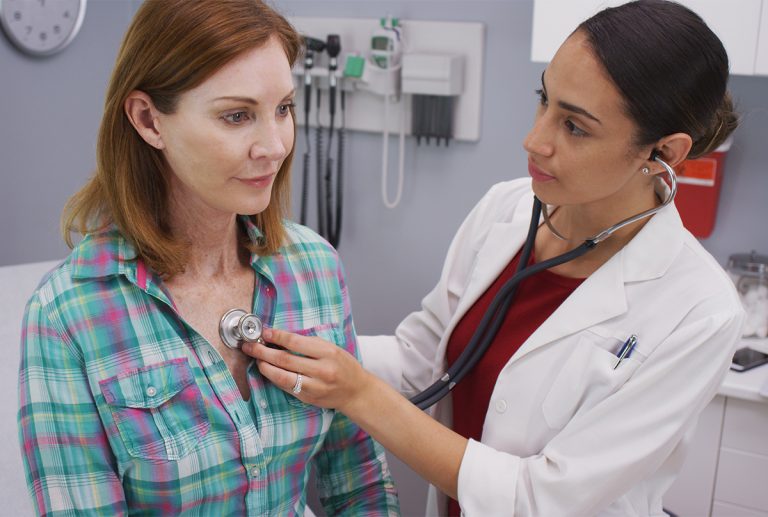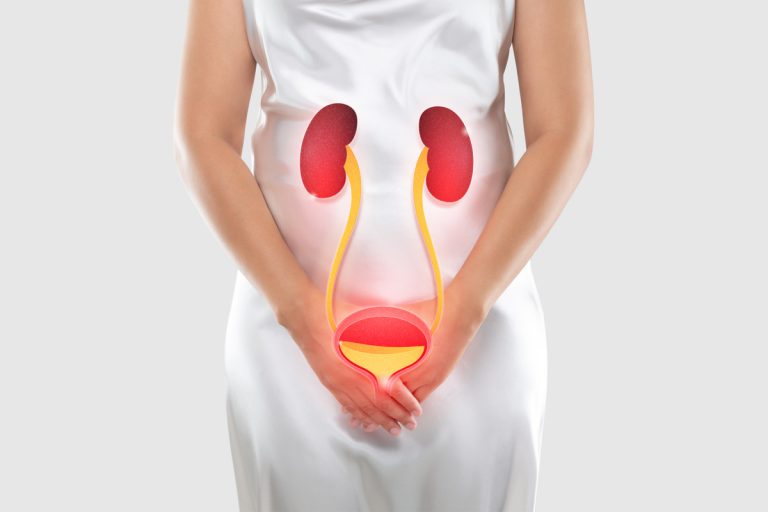The Birds and the Bees
 For most parents, discussing puberty with their daughter can be an embarrassing conversation. But it’s an essential life lesson in order to make sure a young woman is educated about the changes occurring in her body. “Some girls enter puberty earlier than most, and some start to develop later, but when we speak to mothers and their teen and pre-teen daughters, we talk about the stages of puberty using average ages. Most girls will go through all five stages of puberty by the time they are 15 or 16, and we help make sure the parents and daughters know exactly what to expect.”
For most parents, discussing puberty with their daughter can be an embarrassing conversation. But it’s an essential life lesson in order to make sure a young woman is educated about the changes occurring in her body. “Some girls enter puberty earlier than most, and some start to develop later, but when we speak to mothers and their teen and pre-teen daughters, we talk about the stages of puberty using average ages. Most girls will go through all five stages of puberty by the time they are 15 or 16, and we help make sure the parents and daughters know exactly what to expect.”
Although the signs of puberty are less obvious, most girls start the process between eight and 11 years of age. At that time, the ovaries are starting to enlarge and hormone production is beginning. Between ages 11 and 14, a girl’s breasts begin to develop, she experiences height and weight changes, pubic and underarm hair starts to grow and most girls start ovulation and have their first menstrual period. However, a regular, monthly menstrual cycle typically doesn’t happen until after the final stage of puberty. At about the age of 15, a young woman physically becomes an adult. Breast and pubic hair growth are complete and most girls have reached their full height. They are also having regular monthly periods.
At any stage during the puberty process, a girl can become pregnant even though she may not have had her first period. That’s why it’s important for parents to explain both male and female puberty when speaking to their daughters. Dispelling myths and separating fact from “school yard” fiction are extremely important to a developing young woman.
The physicians at the Women’s Health and Menopause Center can equip parents with the necessary tools and information to speak to their daughters about puberty. They can also help speak to your daughter about the process in terms they’ll understand.






